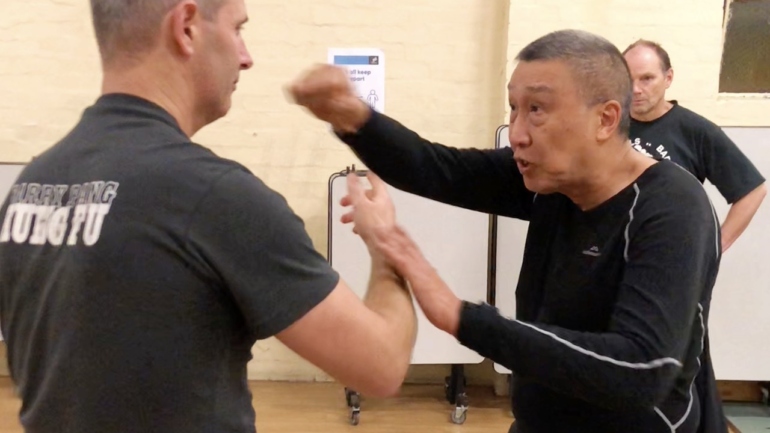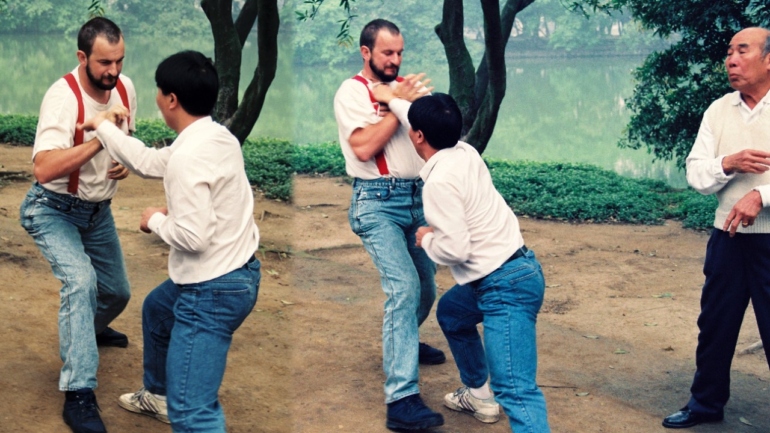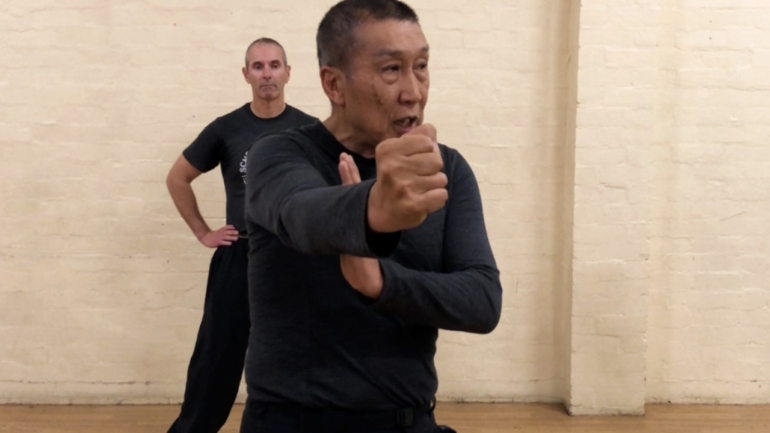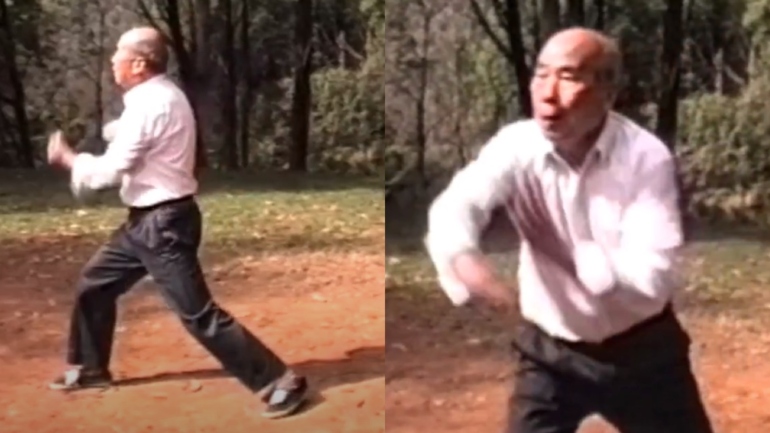Whilst it is a commonly held view that Martial Arts can be divided into two categories – hard or soft – the reality is more complex. Each mode has unique strengths that create a powerful combination when you…


Whilst it is a commonly held view that Martial Arts can be divided into two categories – hard or soft – the reality is more complex. Each mode has unique strengths that create a powerful combination when you…

Both Wing Chun and Lung Ying seek to bridge the guard and control opponents. Lung Ying takes it a step further by breaking the guard in one continuous, powerful movement. Wing Chun and Ling Ying each feature a…

Having a good stance is more than just placing your legs in the right position or ‘sinking the weight’. It’s about harnessing the power of the body’s lower section and getting it out through the hands. Ultimately your…

Often viewed as an elbow strike, the Bil Jee elbow movement in Wing Chun is actually a defensive manoeuvre for rescuing hands. Fundamental to producing the right techniques under the right circumstances is knowing what each technique is…

Wing Chun is famous for straight-line attacks, but some of the most important movements in the style are circular. They optimise both attacking and defensive moves. In Lung Ying, rotation is built into everything. When Wing Chun departs…

Wing Chun uses high-speed, flowing punches to overwhelm opponents. This creates the problem of defending against such speed. The solution is found in the second form. Wing Chun’s second form, Chum Kil 尋橋 (Finding the bridge), teaches stepping,…

Sil Lum Tao is critical to Wing Chun practice as it builds the correct foundations. It provides the strength, conditioning and techniques that are essential before learning anything else. Ip Man organised the Wing Chun system to ensure…

Ip Man (1893-1972) possessed rare martial arts skills, developed across 5-decades of learning, built from the perspectives of his two masters. But whilst he taught many students in his latter years, their interpretations of his kung fu vary…

Today many martial artists seek to practice what they believe is a pure and therefore better style. But history tells us that masters of the 20th century had a far more flexible point of view. Three legends of…

Na Ma (or “pressing horse”) training is the key to Lung Ying’s legendary power and stability. Practiced correctly in coordination with the hands is the one thing that students must master before learning anything else. With a strong…